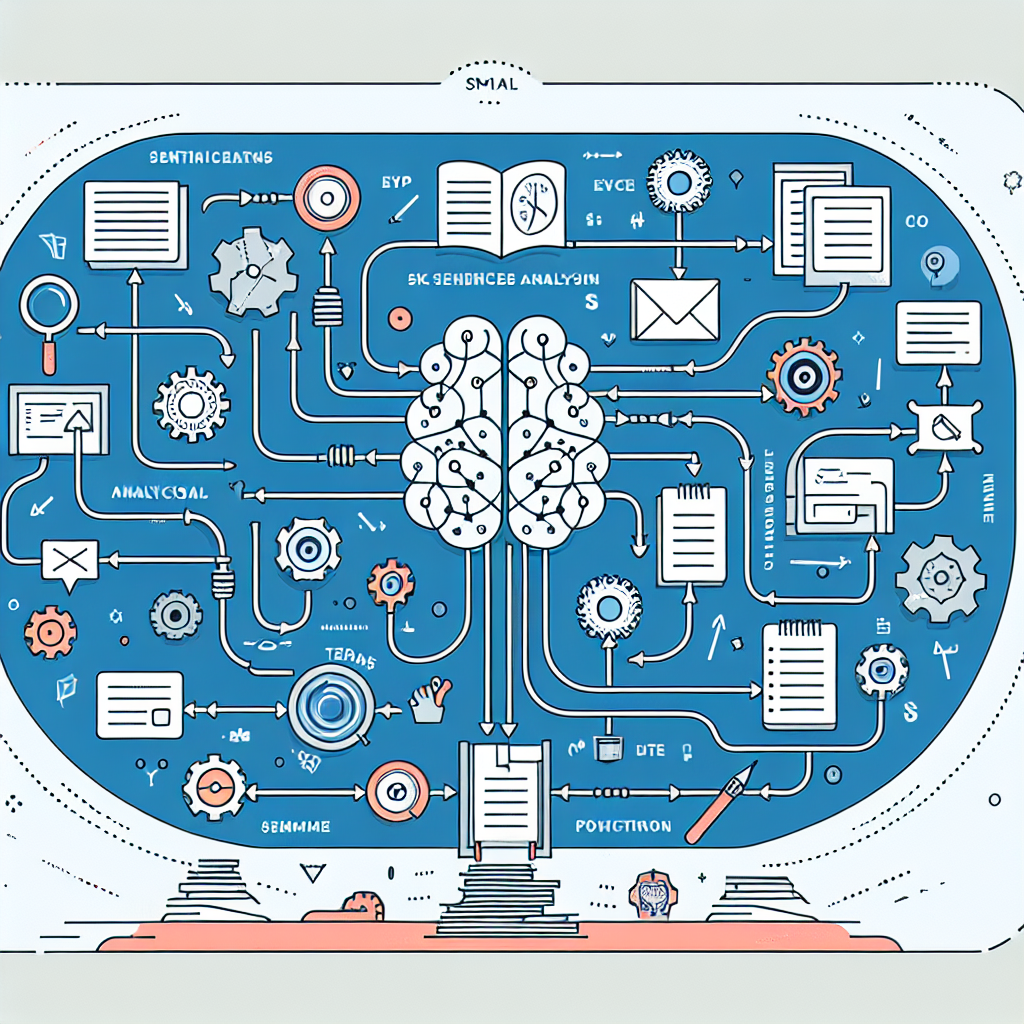Natural Language Processing (NLP) has revolutionized the way we interact with computers and machines. It is a field of artificial intelligence that focuses on the interaction between humans and computers using natural language. One of the key applications of NLP is text summarization, which involves condensing long pieces of text into shorter, more concise summaries.
Text summarization is an important task in many fields, including journalism, academic research, and business. It allows users to quickly grasp the main points of a document without having to read through the entire text. There are two main approaches to text summarization: extractive and abstractive.
Extractive summarization involves selecting important sentences or phrases from the original text and combining them to create a summary. This approach is relatively simple and computationally efficient, but it may not always produce coherent summaries. Abstractive summarization, on the other hand, involves generating new sentences that capture the main ideas of the original text. This approach is more complex and requires advanced natural language generation techniques, but it can produce more coherent and human-like summaries.
To perform text summarization, NLP systems use a variety of techniques, including machine learning algorithms, statistical models, and deep learning models. These models are trained on large datasets of human-written summaries and original texts to learn how to generate accurate and concise summaries. Some popular algorithms used for text summarization include the TextRank algorithm, the Latent Semantic Analysis (LSA) algorithm, and neural network-based models like the Transformer model.
One of the challenges in text summarization is dealing with the ambiguity and complexity of natural language. Human language is full of nuances, idioms, and cultural references that can make it difficult for machines to accurately summarize text. NLP systems must be able to understand the context and meaning of the original text in order to generate a meaningful summary.
Another challenge in text summarization is handling long documents with multiple topics and subtopics. NLP systems must be able to identify the main ideas and key points of the text and condense them into a coherent summary. This requires advanced natural language understanding and information extraction techniques.
Despite these challenges, text summarization has made significant progress in recent years thanks to advances in NLP technology. NLP systems are now able to generate summaries that are nearly as accurate and coherent as human-written summaries. This has led to the development of a wide range of applications for text summarization, including news aggregation, document summarization, and search engine result snippets.
In addition to extractive and abstractive summarization, there are also hybrid approaches that combine the strengths of both methods. These approaches aim to produce summaries that are both accurate and coherent by selecting important sentences from the original text and then rewriting them in a more concise and coherent way.
Overall, text summarization is a challenging but important task in NLP that has the potential to revolutionize the way we consume and interact with information. As NLP technology continues to advance, we can expect to see even more sophisticated and accurate text summarization systems in the future.
### FAQs
1. What is the difference between extractive and abstractive summarization?
Extractive summarization involves selecting important sentences or phrases from the original text and combining them to create a summary. Abstractive summarization, on the other hand, involves generating new sentences that capture the main ideas of the original text.
2. How do NLP systems generate summaries?
NLP systems use a variety of techniques, including machine learning algorithms, statistical models, and deep learning models, to generate summaries. These models are trained on large datasets of human-written summaries and original texts to learn how to generate accurate and concise summaries.
3. What are some popular algorithms used for text summarization?
Some popular algorithms used for text summarization include the TextRank algorithm, the Latent Semantic Analysis (LSA) algorithm, and neural network-based models like the Transformer model.
4. What are the challenges in text summarization?
Some of the challenges in text summarization include dealing with the ambiguity and complexity of natural language, handling long documents with multiple topics and subtopics, and ensuring that the generated summaries are accurate and coherent.
5. What are some applications of text summarization?
Text summarization has a wide range of applications, including news aggregation, document summarization, and search engine result snippets. It can also be used in fields like journalism, academic research, and business to quickly grasp the main points of a document without having to read through the entire text.

